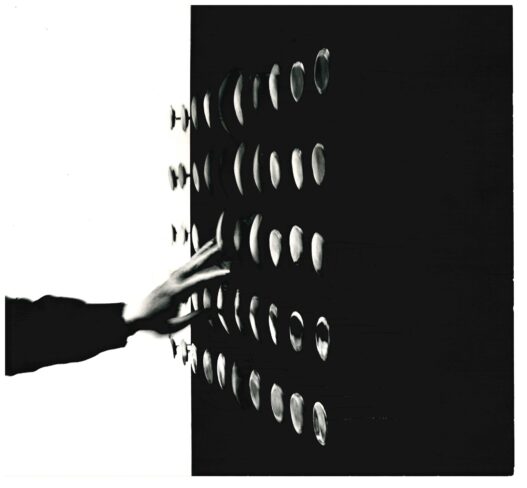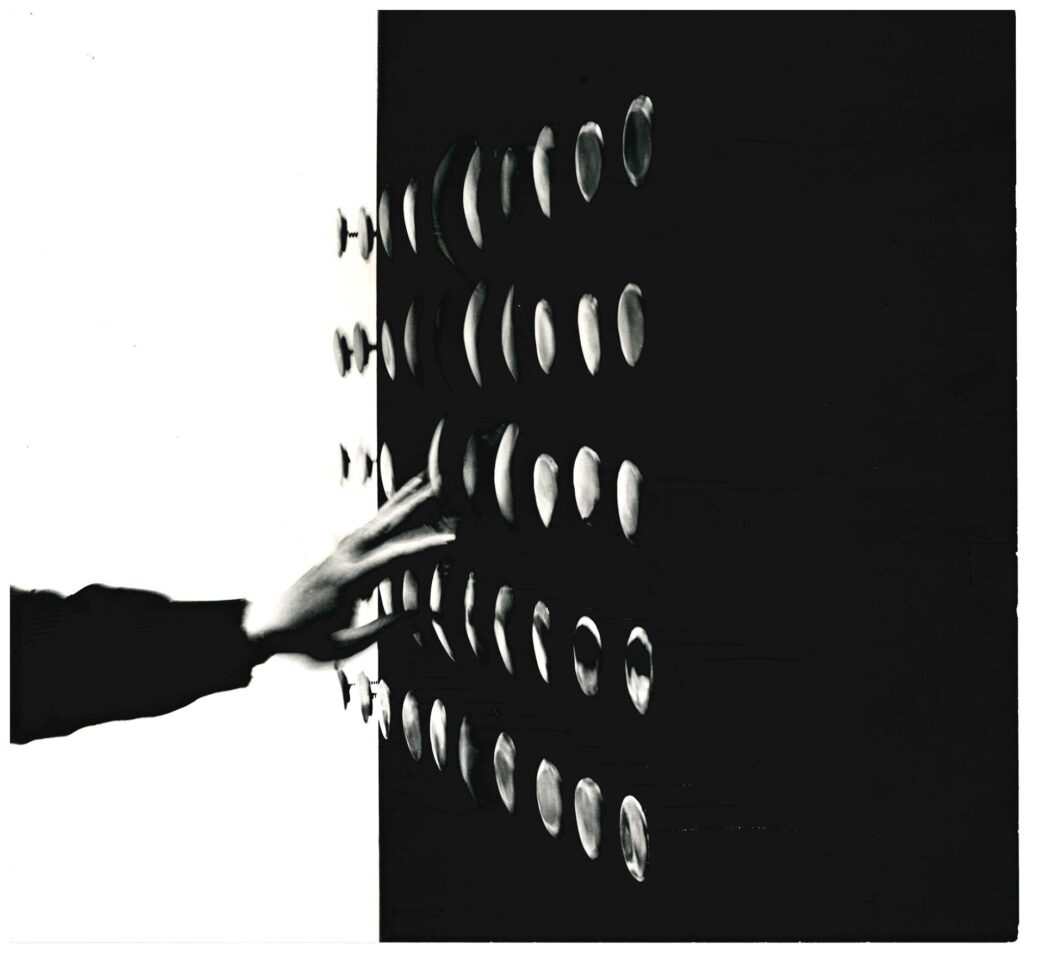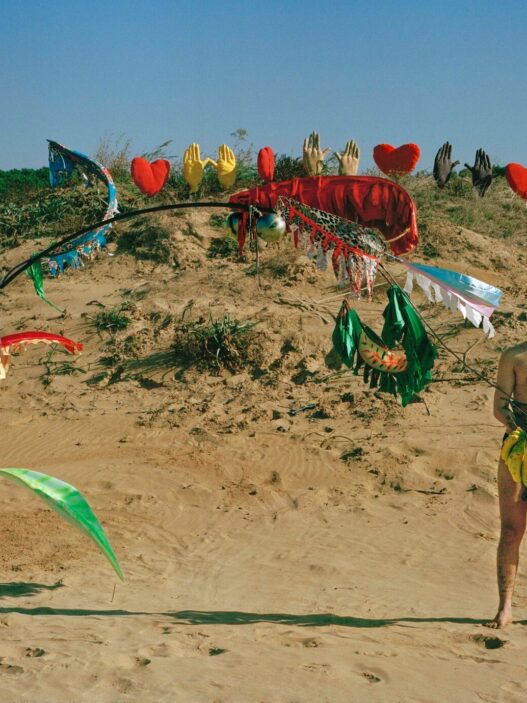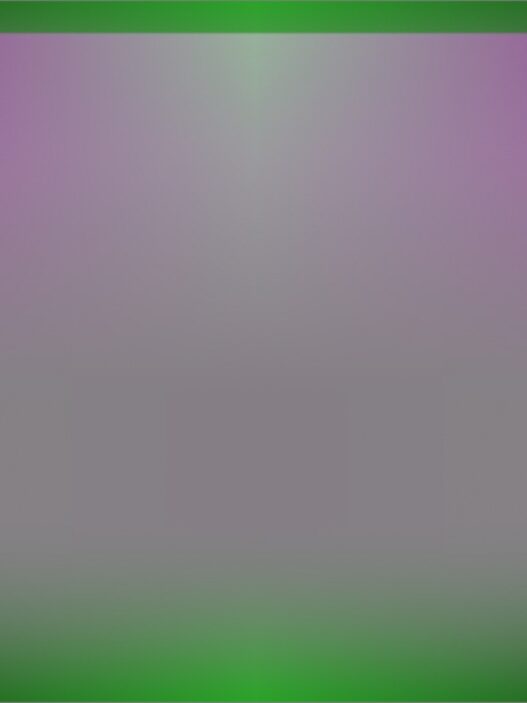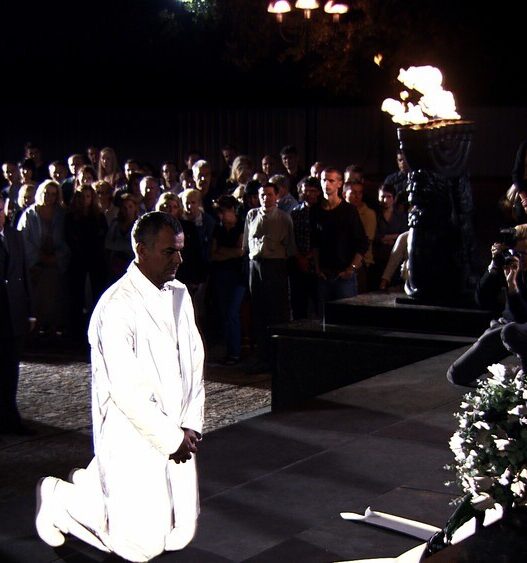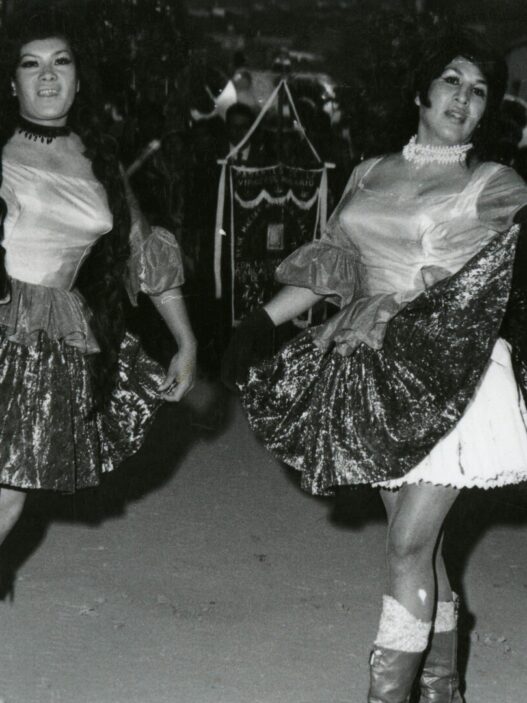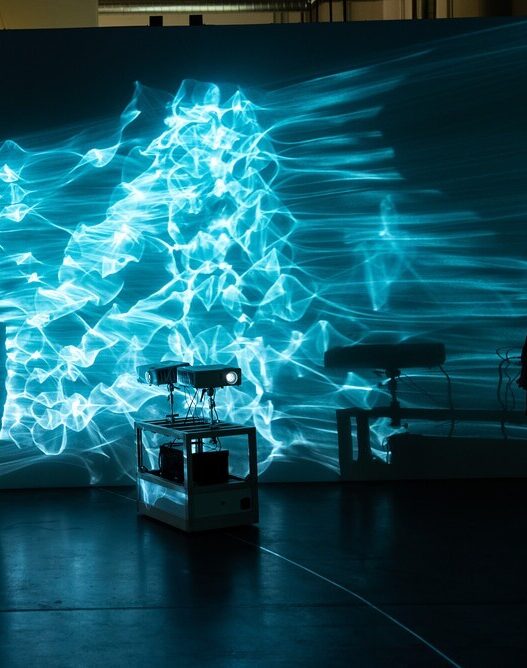Kunstmuseen Krefeld presents On Air, The Sound of the Material in the Art of the 1950s to 1970s from November 25, 2022 to March 26, 2023.
The Kunstmuseen Krefeld are dedicated an exhibition to the power of sounds and noises for the first time with ON AIR. Sounds, tones, noises, and stillness, as well as musical compositions, became the material that enabled a new kind of sculpture and a distinct concept of space in the 1950s through the 1970s. The objects, installations, and video works that have recently appeared are more event and process than permanent piece of art. The exhibition includes fifty items, installations, works on paper, paintings, videos, and performances by twenty artists, providing insight into the evolution of sound art from kinetics to conceptual art.
Art was put in motion in the 1950s, and many artists experimented with materials and objects that had not before been seen in the realm of fine art. They played with fire, fat, coal, and new synthetic materials, as well as acoustic noises ranging from quiet to noise to classical soundtracks. Noises and sounds were considered and employed as sculptural and temporal materials. Artists employed everyday and industrially made objects and machines as sound sources, as well as electronically generated noises (radio, tape, video). For example, Swiss artist Jean Tinguely reassembled railroad crossing mechanics into a strange item and produced a piercing “bong” sound that inevitably remembers this particular situation: the railroad crossing. In a video work, Bruce Nauman plays the violin and creates a minimalist, tiresome sound by constantly stroking the bow across the strings, which is then synthesised with the video image.
During this phase of art’s collapse, artists became academics and technicians, seeking proximity to the international New Music scene. For many, the American composer John Cage, who turned everyday ambient sound into a compositional element, is an important point of reference, just as the WDR broadcasting company’s Studio for Electronic Music in Cologne, with Karlheinz Stockhausen, represents a center for interdisciplinary exchange.
To this day, the booming, rattling, screaming objects and installations beg to be seen and heard, as well as inviting viewers to engage, requiring synesthetic sensitivity.
The exhibition ON AIR offers exceptional insights into art from the 1950s to the 1970s, focusing on the connection of sound and object, sound and space. As a result, it offers a thorough examination of the broad field of sound art. Starting November 25, the Kaiser Wilhelm Museum will go “ON AIR” with a coordinated show that turns the tour on the second floor of the museum into an audiovisual experience.
RESONANCE SPACE
While the exhibition focuses on how visual artists use sound as a medium, the RESONANCE SPACE focuses on music. It reveals how composers and musicians used everyday things and electrical technologies to create new, sculptural sounds. This perspective shift condenses the resounding image of time and demonstrates how visual artists and musicians have always collaborated.
Partners: Institute of Musicology of the University of Cologne, Lower Rhine Symphony Orchestra, Theater am Marienplatz, Mediothek, and Christian Faubel
Artists: Yaacov Agam, Arman, John Baldessari, Joseph Beuys & Henning Christiansen, Pol Bury, Jan Dibbets, Herman Goepfert, Yves Klein, Jannis Kounellis, Bernhard Leitner, Bruce Nauman, Reiner Ruthenbeck, Curt Stenvert, Daniel Spoerri, Takis, Jean Tinguely, David Tudor & Composers Inside Electronics, Günther Uecker, Timm Ulrichs, Günter Weseler
The exhibition is a cooperation project with the Museum Tinguely, Basel.
Curator: Dr. Sylvia Martin, Kunstmuseen Krefeld
Kunstmuseen Krefeld
Kaiser Wilhelm Museum
Joseph-Beuys-Platz 1
47798 Krefeld
Germany









